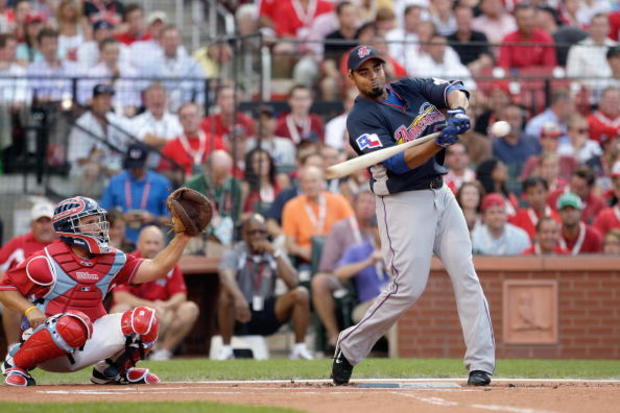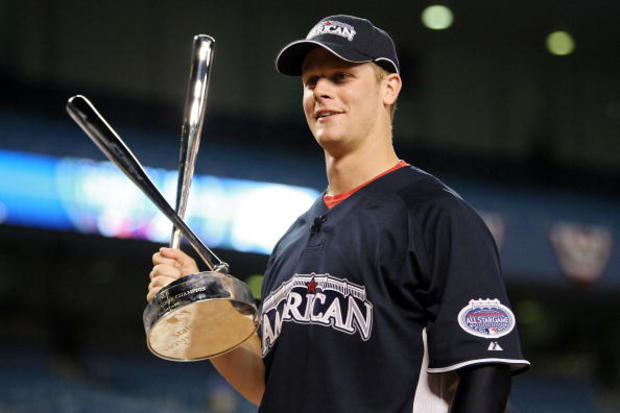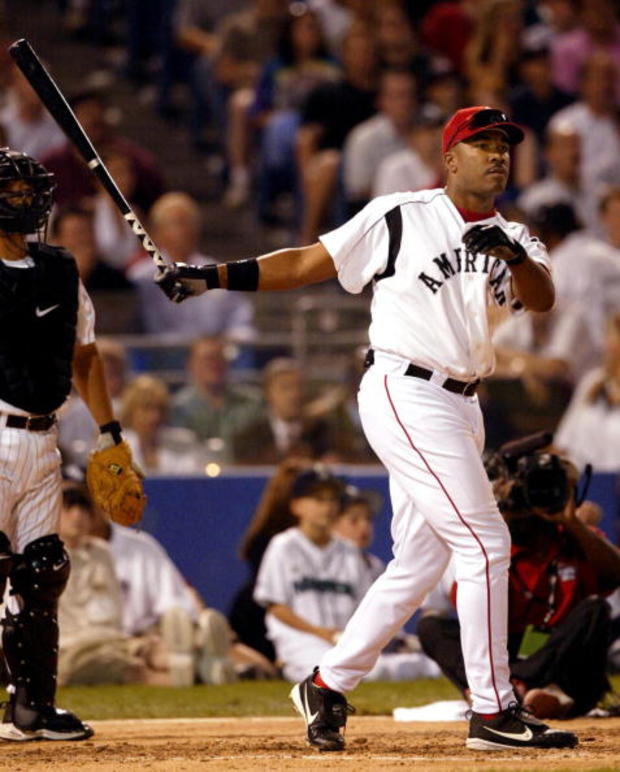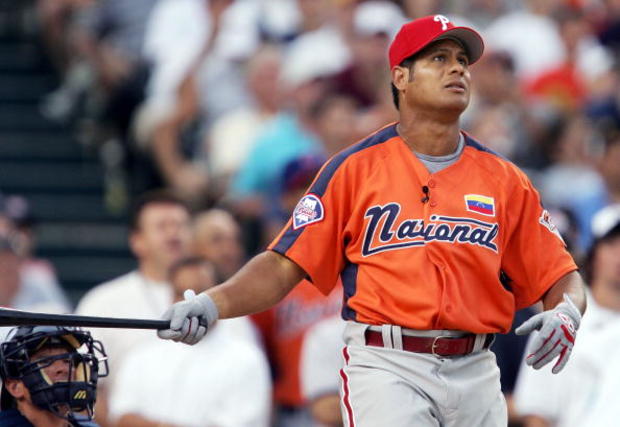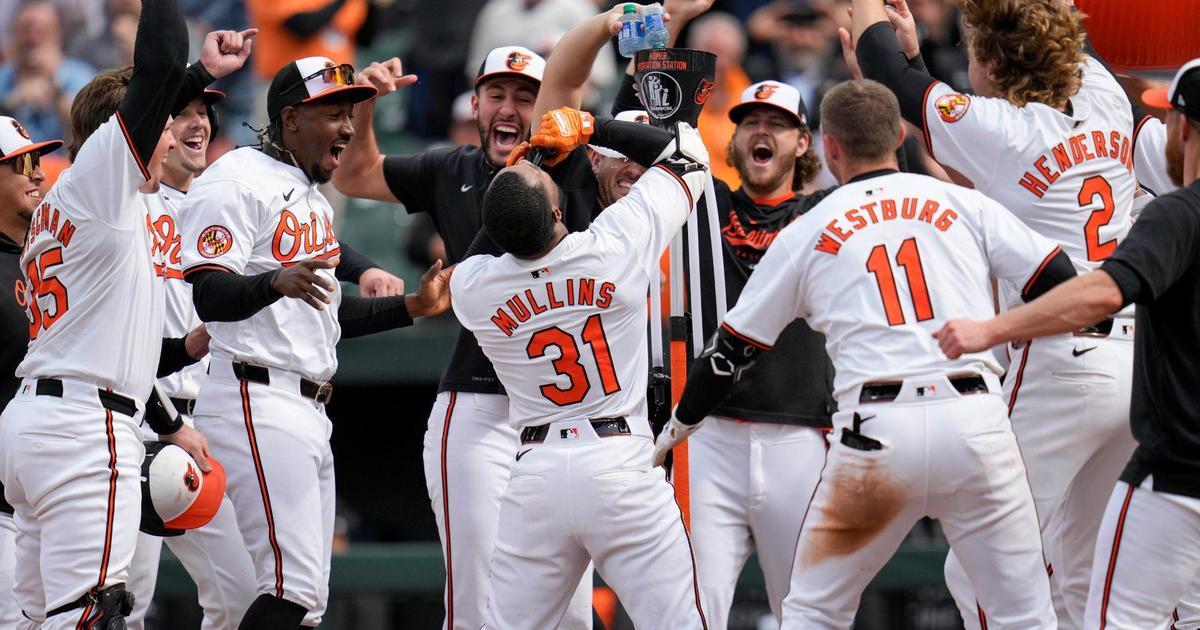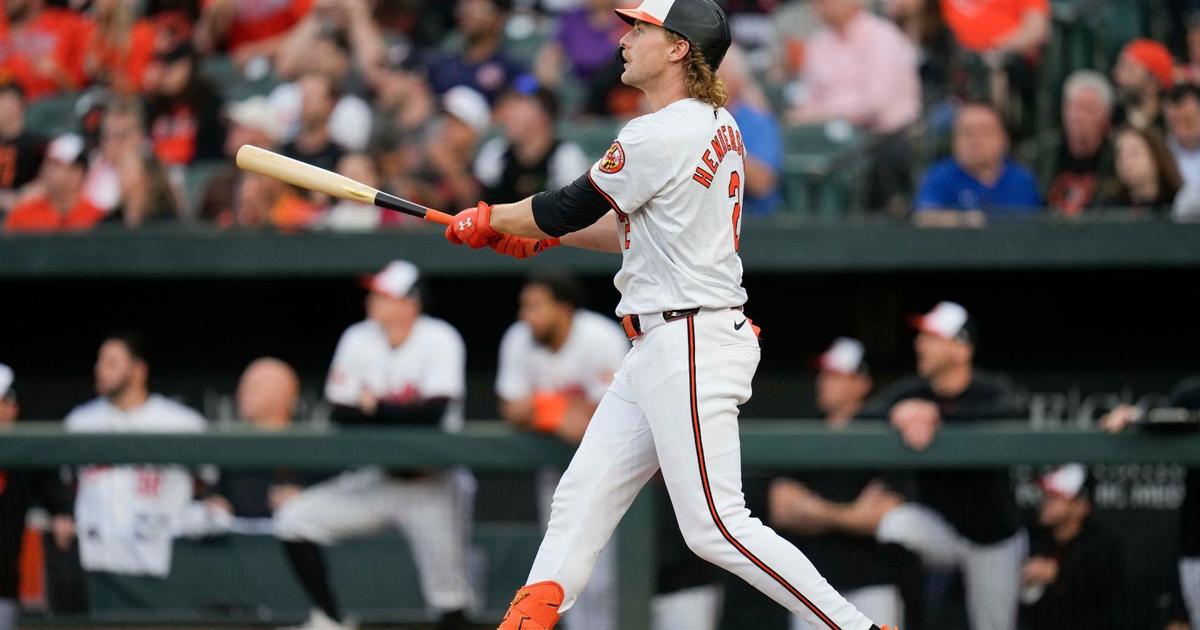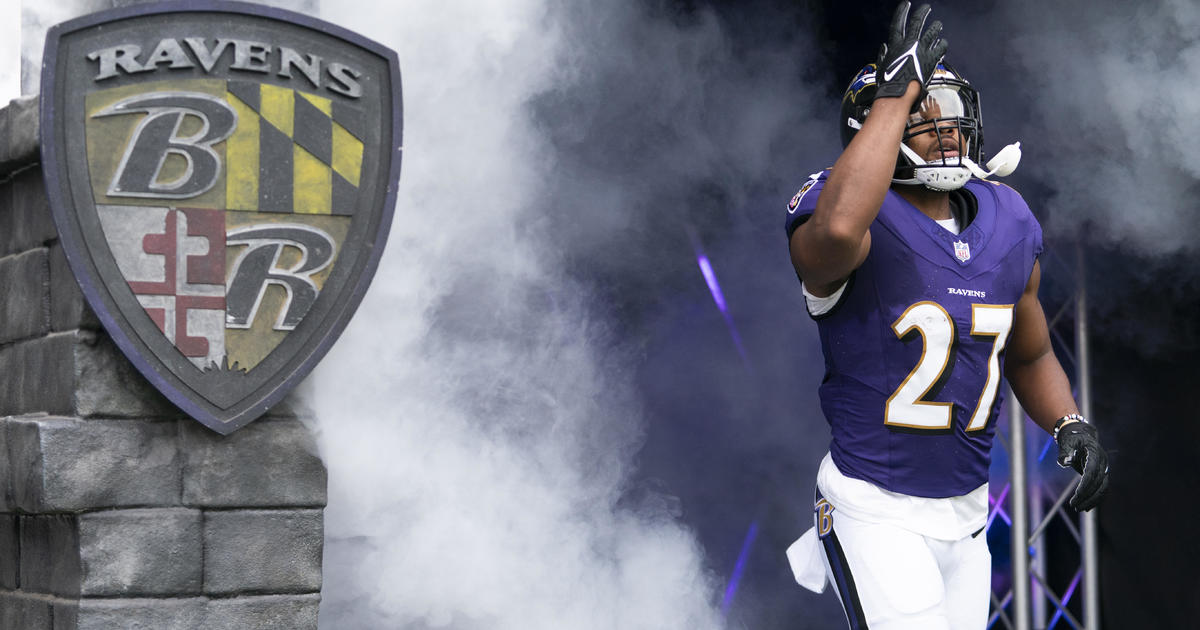Home Run Derby Slumps
Every year MLB's All-Star Game means the Home Run Derby is back... Queue the debate about the slumps, curses and general bad luck of participating in a essentially meaningless competition. Every year there is talk about how the Derby negatively effects players' swing for the second half of the year. Some will argue that the second half is the pitchers' half and the guy on the mound has the advantage in a long season full of at-bats. Either way, the general trend after the derby is downward. We figured we'd just point out some examples of some notable players who didn't do as well after swinging for the fences in glorified batting practice.
Chris Davis 2013
Before the All-Star break he was hitting .315 37 HR (an AL pre-All-Star break record), 93 RBIs and a 1.109 OPS. He was a top candidate for the AL MVP award and going back and forth with Miguel Cabrera for the chance at a Triple Crown and leading the league in Home Runs and RBIs. The projections were for "Crush" to break records in 2013. He was eliminated in the 2nd round of the HR Derby. After the return from the ASG break his numbers dropped off. 37 HR dropped to 16. He ended with 138 RBIs (only 45 more - less than half of the 1st half). He could still be slumping from that appearance... He only has 14 so far in 2014.
Nelson Cruz 2009
Cruz was the runner-up in the 2009 HR Derby competition. In the first half of the season he was hitting .265 with 22 bombs. After the break his homers dropped to 11 but his average only dipped by .015 to .250. Almost a 50% drop in productivity (-47%) now that's a manager's worst nightmare.
Justin Morneau 2008
Morneau was not known as a true slugger but more of a line-drive hitter. He had 14 homers before the break and only 9 afterward. Not too much of a drop considering there are actually less games after the All-Star break but -12% is significant.
Ryan Braun 2008
Before the break, Braun had 23 dingers. Drop that by 9 to 14 in the second half and we're looking at a definite slump. Again, not a super significant amount (it wasn't double digits) but he wasn't on pace to hit 40+ that year either.
Bobby Abreu 2005
Bobby hit 18 out of the park during the first half of the year but he only managed to clear the fence 6 times after the Derby. That's less than 50% of his earlier production. A season before, he put the ball out 30 times, 1 HR shy of a career high. Hopes were he'd have another shot at breaking 31 but 24 isn't 31.
Garret Anderson 2003
Many players would be happy with 22 bombs in their first 80+ games, but 7 HR in the second half is pretty average. That's less than a third of his pace. He should have had close to 40 homers but didn't even make it to 30. That's disappointing to a player who showed that kind of power hitting by mid-July.
In summary, you can call it what you want, but players that keep the pace or even top their first half numbers are the exception, not the rule. Prince Fielder is a monster. He consistently stays consistent. Stats are just numbers but they show trends. If I'm a hitter, especially in one of the most superstitious sports in the world, I have to consider politely declining an invite. Sorry, I'm not sorry. Those crossed bats can go to some other guy.

